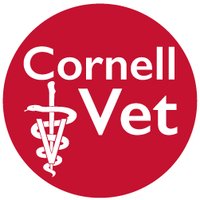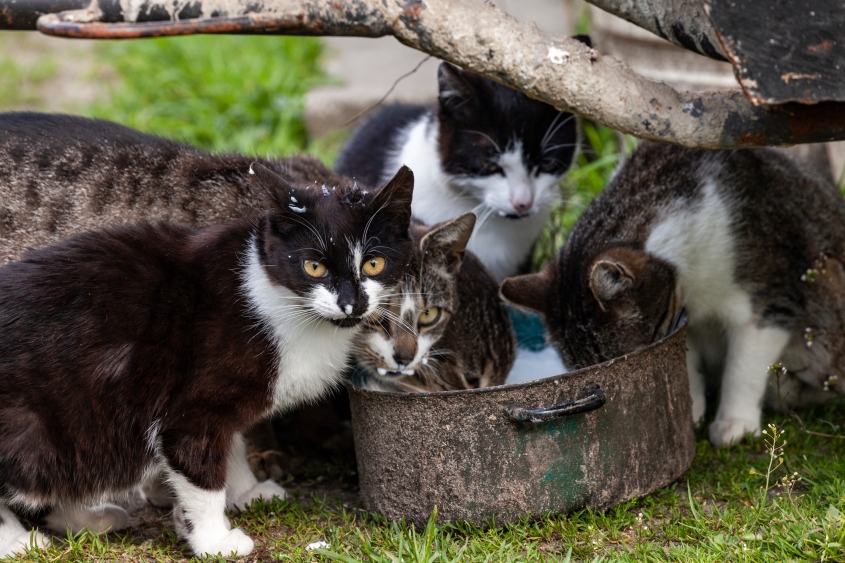
Cornell University College of Veterinary Medicine
@cornellvet
Advancing the health and well-being of animals and people. #CornellVet
ID: 23834257
http://vet.cornell.edu 11-03-2009 21:31:43
7,7K Tweet
9,9K Followers
647 Following

Artist and #Cornell alum Brett Blumenthal '96, MBA '04, spoke at Cornell University College of Veterinary Medicine earlier this year on art's role in conservation. She highlighted: "Art has the power to inspire, educate and motivate people to move in a direction that could be transformative." wildlife.cornell.edu/news/transform…

A new study from Cornell University College of Veterinary Medicine researchers finds the first genetic evidence of feline coronavirus transmission between a captive wild cat and a domestic cat, a discovery that could help combat this little-known virus. news.cornell.edu/stories/2024/0…

National symbol at risk: Bald eagles are the most vulnerable to lead poisoning from hunters’ ammunition of the more than 30 species known to scavenge deer carcasses in New York state, Cornell University College of Veterinary Medicine research finds. Cornell Wildlife Health Lab New York State Dept. of Environmental Conservation news.cornell.edu/stories/2024/0…

Helping first responders respond: A two-day training program for NYS Department of Homeland Security and Emergency Services personnel helps health officials and #FirstResponders convey key messages in a crisis. Cornell University College of Veterinary Medicine Cornell Cooperative Extension Laura Reiley news.cornell.edu/stories/2024/0…

Cornell Public Health and Cornell University College of Veterinary Medicine's Dr. Katie Fiorella is the director of the new Migrations Program at Cornell Program in the Einaudi Center at Cornell! Read more about the program and the new regional and thematic programs: bit.ly/47ni9PF



In this Q&A, get to know Dr. Todd Olmstead, a health economist and associate professor of Public and Ecosystem Health! 👋 Cornell Public Health vet.cornell.edu/about-us/news/…

Researchers have identified a single molecule—miR-29—that drives aging in mice + monkeys. The study shows that artificially increasing the levels of miR-29 in mice induces typical age-related traits like gray hair + bone density reduction. Praveen Sethupathy vet.cornell.edu/about-us/news/…

“Collars will become contaminated with bacteria, yeast and dander. They may contribute to rashes on the pet’s neck, especially in dogs,” says #CornellVet's Brian Collins, extension vet at Cornell Riney Canine Health Center, adding: once scrubbed, allow collars to dry thoroughly.aarp.org/home-family/yo…


One of these 11 sculptures is located near the Cornell University Hospital for Animals. Can you guess which one? #CornellVet Test your knowledge in this visual quiz from Cornellians: alumni.cornell.edu/cornellians/ou…

Some white cats experience congenital deafness, caused by the mutated gene responsible for white fur (W), which can cause the degeneration of the inner ear structures needed for hearing, explains #CornellVet's Dr. Bruce Kornreich, director of Cornell Feline Health Center.petmd.com/cat/general-he…















